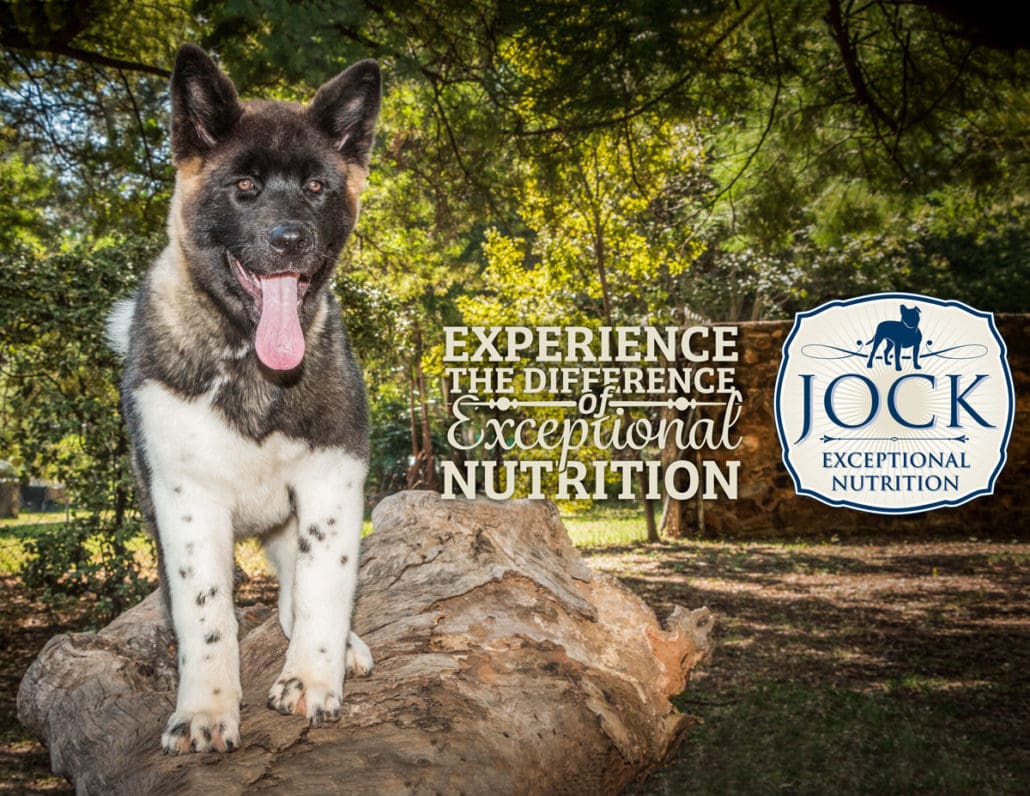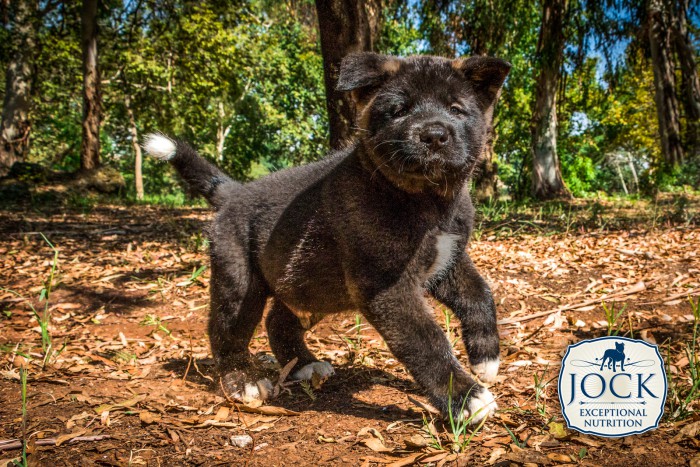Of Japan’s native dog breeds, none are more well-known and as wide spread as the Akita. And it’s largely thanks to the remarkable story of Hachikō – a fiercely loyal Akita that waited for his deceased owner at a train station every day for over 9 years.
This story was a Japanese sensation when it broke in 1932 and turned Akitas into a national treasure. The timing couldn’t have been any better, as there were only around 30 purebred Akitas left in Japan at that point.
When the American occupation of Japan took place after World War II, Akitas had become very popular and US soldiers took them home after serving. This resulted in the two separate Akita breeds we have today: the Japanese version, called Akita Inu, and a North American version, called the American Akita.
Appearance
Japanese Akitas come in a small range of colours, while their American counterparts are available in virtually all dog colours. Both breeds, however, are known for their typical spitz dog features, including pointy, triangular ears, thick fur, and tails that curl over their back. Their faces are also often described as bear-like, due to a heavy head and short muzzle.
Akitas are large dogs, with the Japanese version being slightly smaller than the American. Males and females are about the same size – between 61-66cm. The sexes also don’t differ too much in weight; with males weighing about 34kg to 54kg and females being 4kg lighter.
Personality
As the story of Hachikō has shown, Akitas are very loyal dogs. They are also often described as being aloof, docile, courageous and intelligent. However, they might not be the right dog for an inexperienced owner.
Akitas are quite independent and do tend to dominate other dogs. They are especially intolerant of dogs of the same sex, which makes them unsuitable for off-leash walking if not socialised properly. These dogs should also be monitored when around children and other animals, as they may not be as tolerant with those who are not members of their own family.
Due to their domineering nature, Akitas need really firm leadership from their owners to ensure they know their place and become well-adjusted family pets.
At Home
Akitas are built for cold temperatures, but their coat will thin out during warmer months to compensate for the heat. The coat will also need to be groomed quite regularly and will shed heavily around twice a year
These dogs are moderately active indoors, which makes them suited to apartment living if they are sufficiently exercised. They are also surprisingly easy to house break and are incredibly clean, with little to no doggy odour.
They will require moderate but regular exercise. A long, daily walk should suffice.
Health
Akitas are generally very healthy, but can develop a few health problems. These can include hip dysplasia (which is common in larger breeds), autoimmune conditions, gastric dilation, and sensitivity to vaccines, drugs, anaesthetics and pesticides.
These dogs have an average lifespan and will be part of your family for about 11-15 years.


